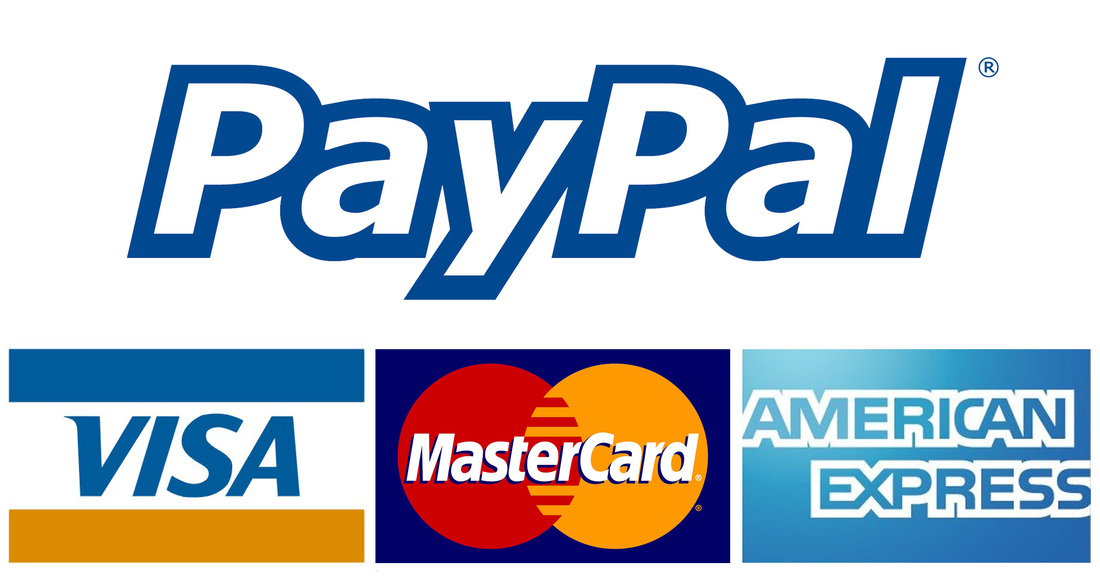August 18, 2011 (CHICAGO RIDGE) (WLS) -- Drivers had a chance to sound off on a proposed capital plan for the Illinois Tollway that would result in higher tolls.
This public hearing in Chicago Ridge was one of four scheduled for Thursday night.
The tollway authority recently unveiled a 15-year, $12 billion capital plan.
It would be funded by toll increases. The tollway authority says I-Pass customers would pay an additional 35 cents at most toll plazas.
"Any increase on tolls on trucks will undoubtedly cause some number of trucks to choose local public streets which are not well designed to handle truck traffic," said Matt Hart of the Illinois Trucking Association.
Most, but not all, speakers seemed to support the plan.
The tollway authority says the project will create thousands of jobs and boost the economy.
(Copyright ©2011 WLS-TV/DT. All Rights Reserved.)
This public hearing in Chicago Ridge was one of four scheduled for Thursday night.
The tollway authority recently unveiled a 15-year, $12 billion capital plan.
It would be funded by toll increases. The tollway authority says I-Pass customers would pay an additional 35 cents at most toll plazas.
"Any increase on tolls on trucks will undoubtedly cause some number of trucks to choose local public streets which are not well designed to handle truck traffic," said Matt Hart of the Illinois Trucking Association.
Most, but not all, speakers seemed to support the plan.
The tollway authority says the project will create thousands of jobs and boost the economy.
(Copyright ©2011 WLS-TV/DT. All Rights Reserved.)

 RSS Feed
RSS Feed
